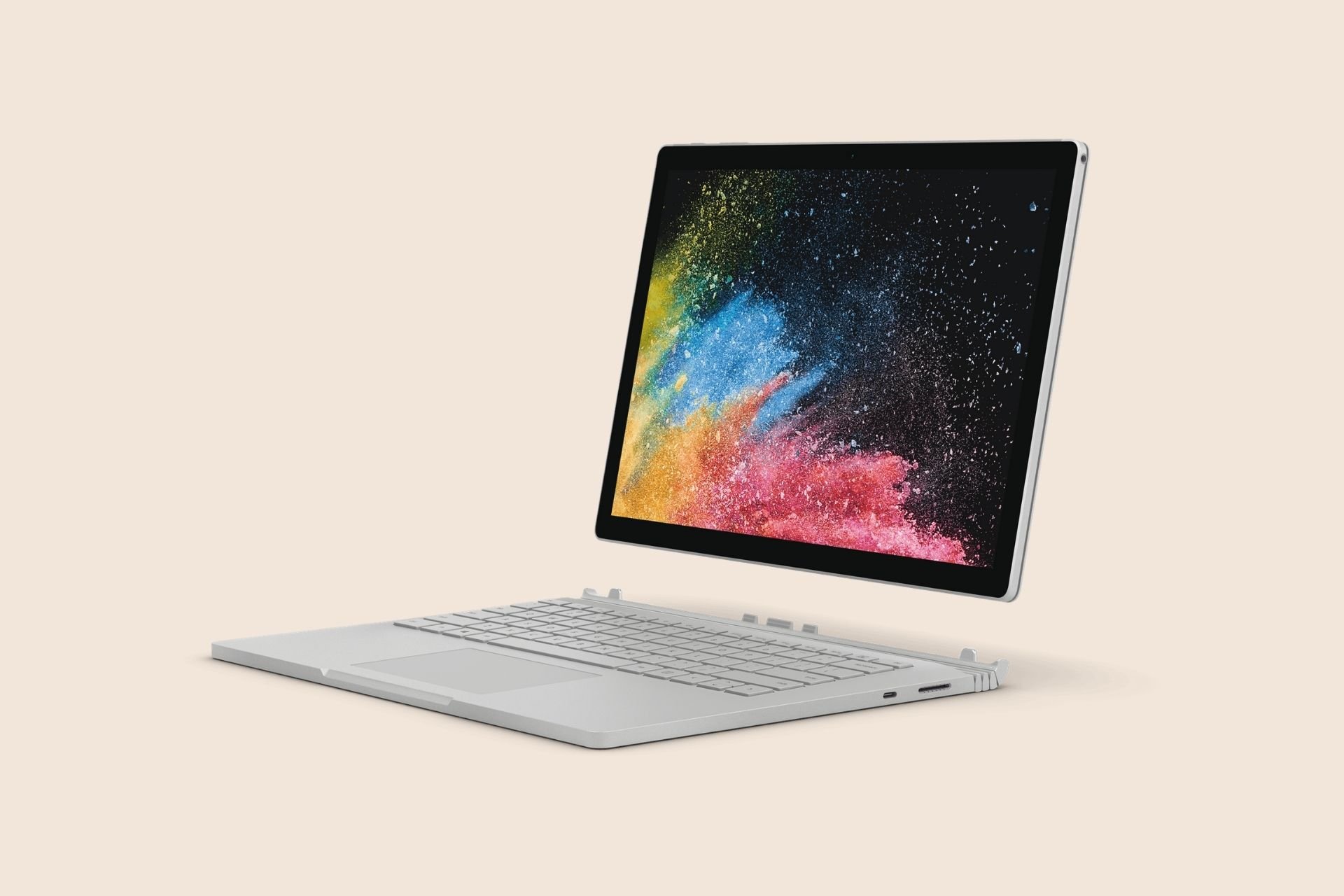
The new Windows 11 taskbar and Start menu. While the improvements might be worth the upgrade for most, Windows 11 mostly delivers changes to an old formula that works rather than a new way to use Windows. It feels very similar to Windows 10, but there are some missing parts that I think power users will miss greatly.

Most of Microsoft’s aesthetic improvements are much-needed, even if they could go a lot further in places. It’s this decision, one that Microsoft puts down to security, that has marred Windows 11 in controversy before its release.īut actually using Windows 11 for the past few months hasn’t felt as controversial as I had expected. While Microsoft encouraged everyone to upgrade to Windows 10 for free, only those with modern processors (Intel 8th Gen, launched in 2017, or newer) will be offered the free upgrade to Windows 11. Whether you even upgrade to Windows 11 will also depend heavily on your PC hardware. Some features you might be familiar with are missing, others that were promised haven’t arrived just yet, and there’s still too much of the crusty old parts of Windows hanging around. Windows 11 is a refreshing approach to this old and familiar home, but it often feels like the home renovation phase isn’t finished.

These changes alone make Windows 11 look different, but once you get used to them it’s certainly the same feel of Windows underneath.


And there’s a new Windows app store that’s far more open, with more of the apps you actually use on Windows. There’s a new design that introduces rounded corners in place of Windows 10’s sharp angles, and some depth and color to Windows. There’s a new Start menu that ditches the Live Tiles that were originally introduced in Windows 8. While the company has attempted drastic changes to the user interface of Windows in the past and failed, Windows 11 feels like a subtle and considered attempt to modernize an operating system that’s existed for more than 35 years. Microsoft wants Windows 11 to feel familiar.


 0 kommentar(er)
0 kommentar(er)
